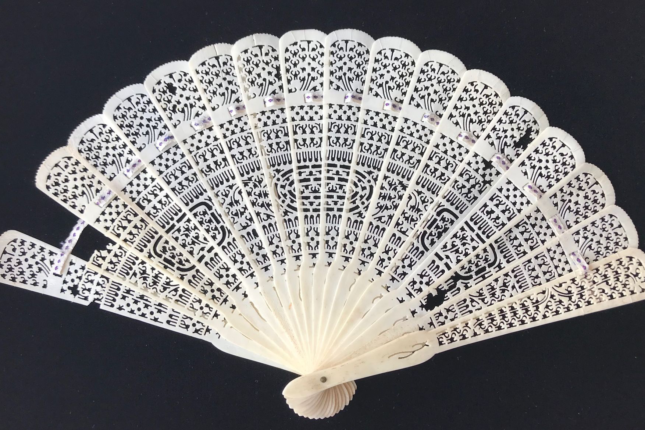
Conservation, preservation and restoration are words commonly used in relation to collections. Although they might seem interchangeable terms there are important differences in their meanings.
Conservation
Keeping objects and collections for future generations is what historical collections and museums do. The action of prolonging the existence of significant objects is generally called conservation.
Conservation covers all actions aimed at safeguarding historical objects and collections. It includes:
- retaining an object’s significant historical, social, aesthetic and technological qualities
- ensuring that all actions are carried out with the least possible intervention
- researching, recording/cataloguing and retaining all knowledge and information related to the object’s context, history, manufacture, use, acquisition, donors, etc
- documenting the object in detail, which may include photographing it
- identifying the needs of an object, such as storage, so that it is cared for appropriately
- setting strategies, perhaps in a conservation plan, and allocating resources
- recording and retaining all information related to the museum’s treatment of an object.
Preservation
All actions taken to maintain an object in its existing condition, minimise the rate of change, and slow down further deterioration and/or prevent damage are part of preservation.
Preserving an object involves:
- preserving the integrity and authenticity of the object
- creating a safe display and storage environment, which includes controlling temperature, relative humidity, light levels, pests, dust and other pollutants
- controlling the conditions of its use, including display, visitor interaction and loans
- making considered decisions about the treatment of an object and documenting these decisions
- physically treating an object only in order to, as nearly as possible, maintain the object in an unchanging state and to stabilise its condition, such as carrying out repairs or treating damaged materials or any other actions taken to prevent or delay deterioration or damage. This is usually carried out by trained conservators who understand the object’s structure and chemistry. Most treatments are reversible.
- If an object is deemed to have historical, cultural, technological and/or aesthetic significance, then preservation is the preferred option to restoration.
Restoration
Restoration involves actions taken to modify the existing material and structure of an object in order to return it to a known earlier condition, eg as new, or original.
Restoration usually means:
- removing or covering up signs of wear and use, through actions such as painting
- replacing and or reconstructing missing or worn parts, with ‘spare parts’ and/or new materials or parts
- restoration is usually irreversible and can destroy or diminish the history, and therefore significance, of the item
- responsible restoration applies minimal intervention.
(Definitions prepared with advice from Artlab Australia & adapted from the publications, Recollections, Safe in the Shed and the Burra Charter).

